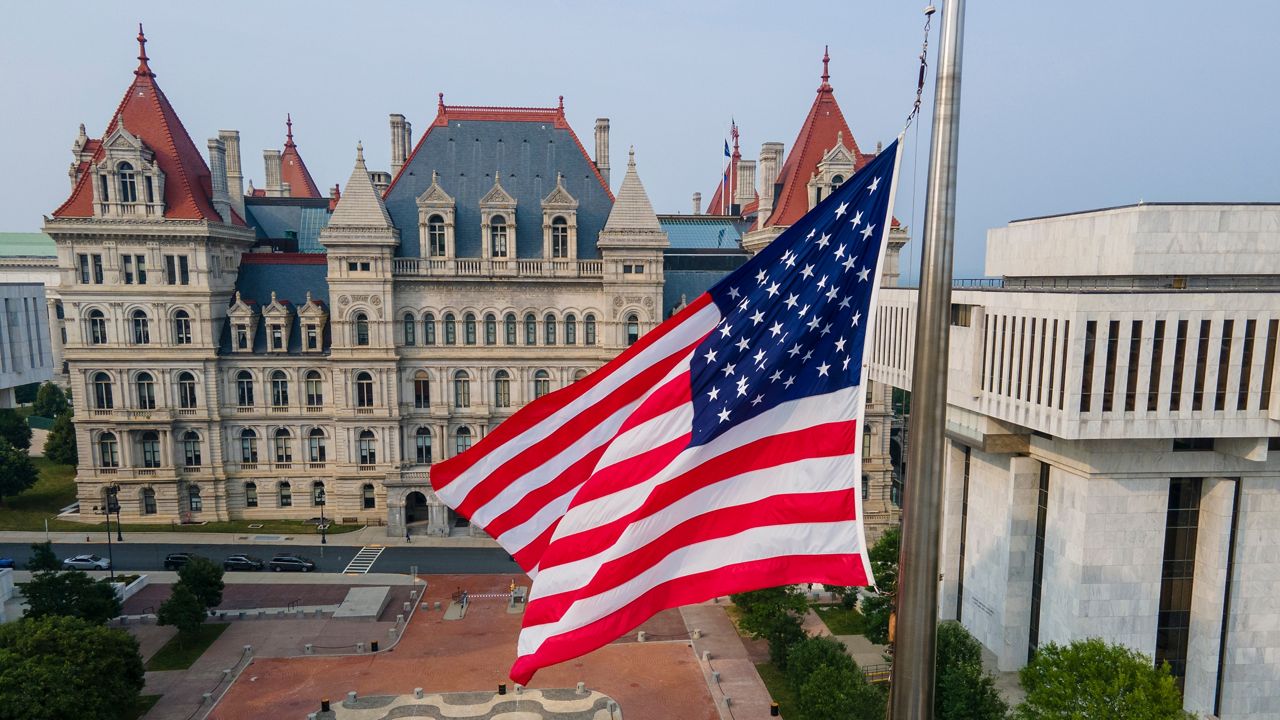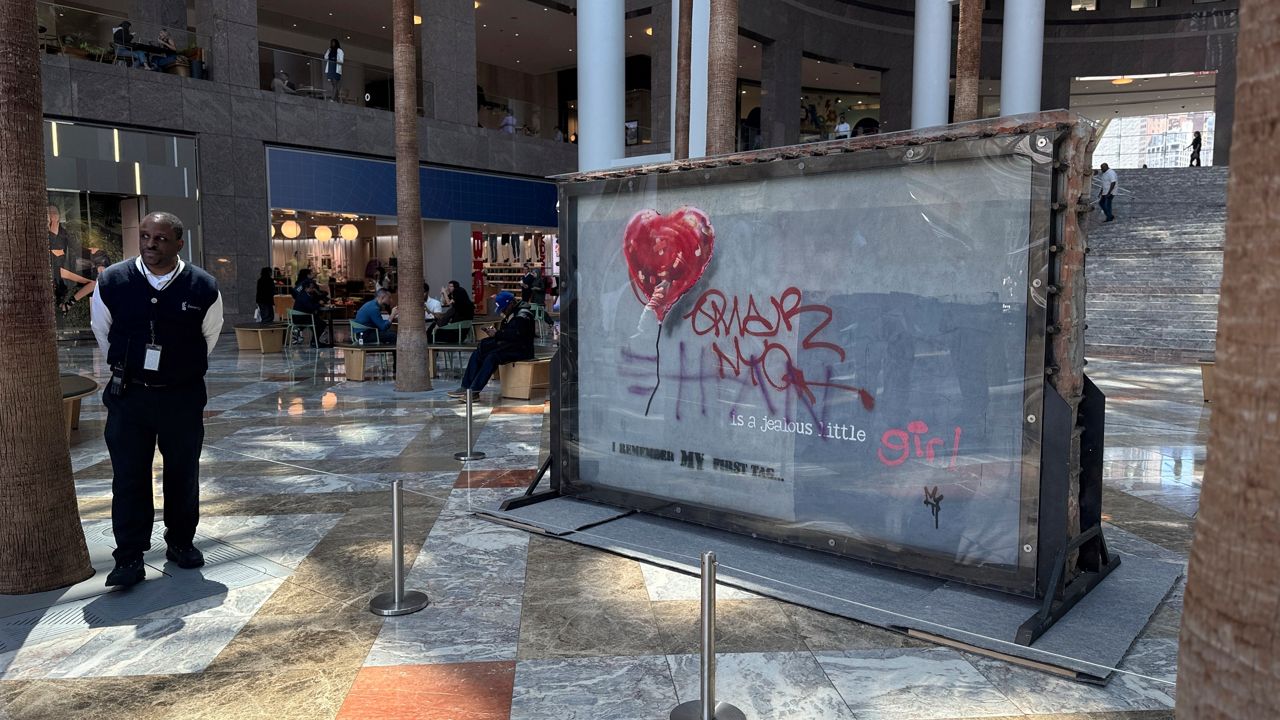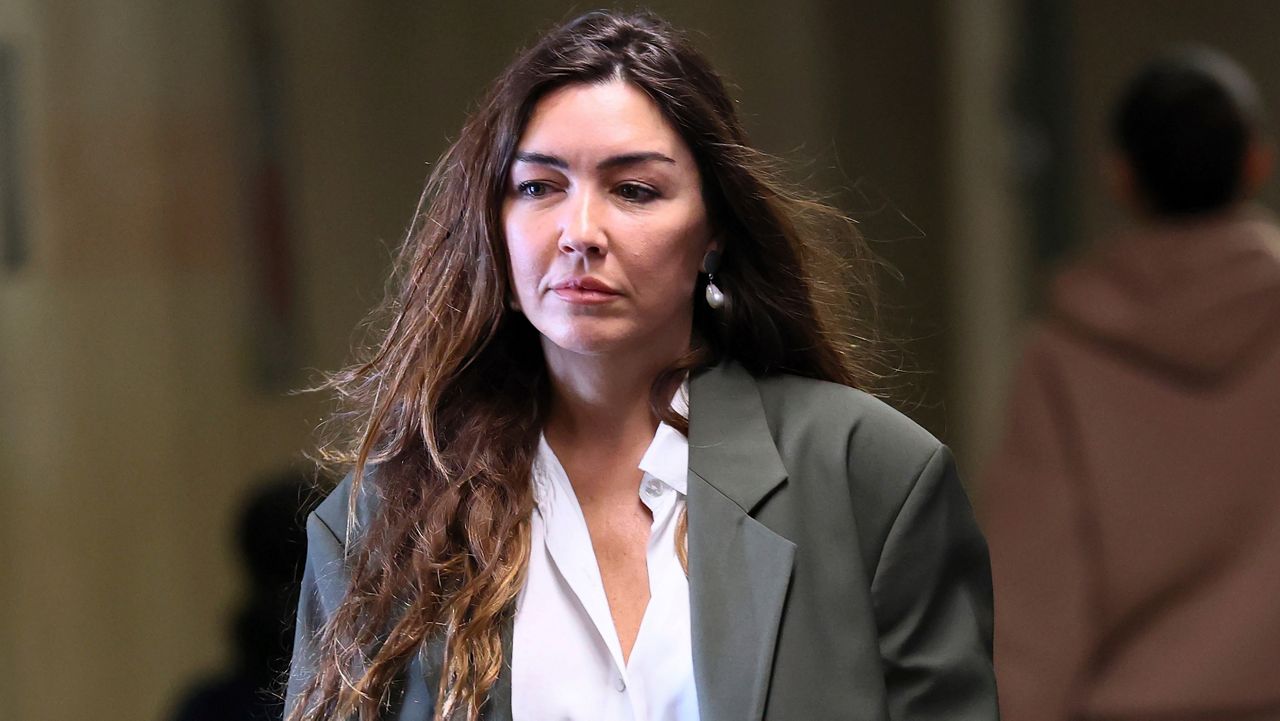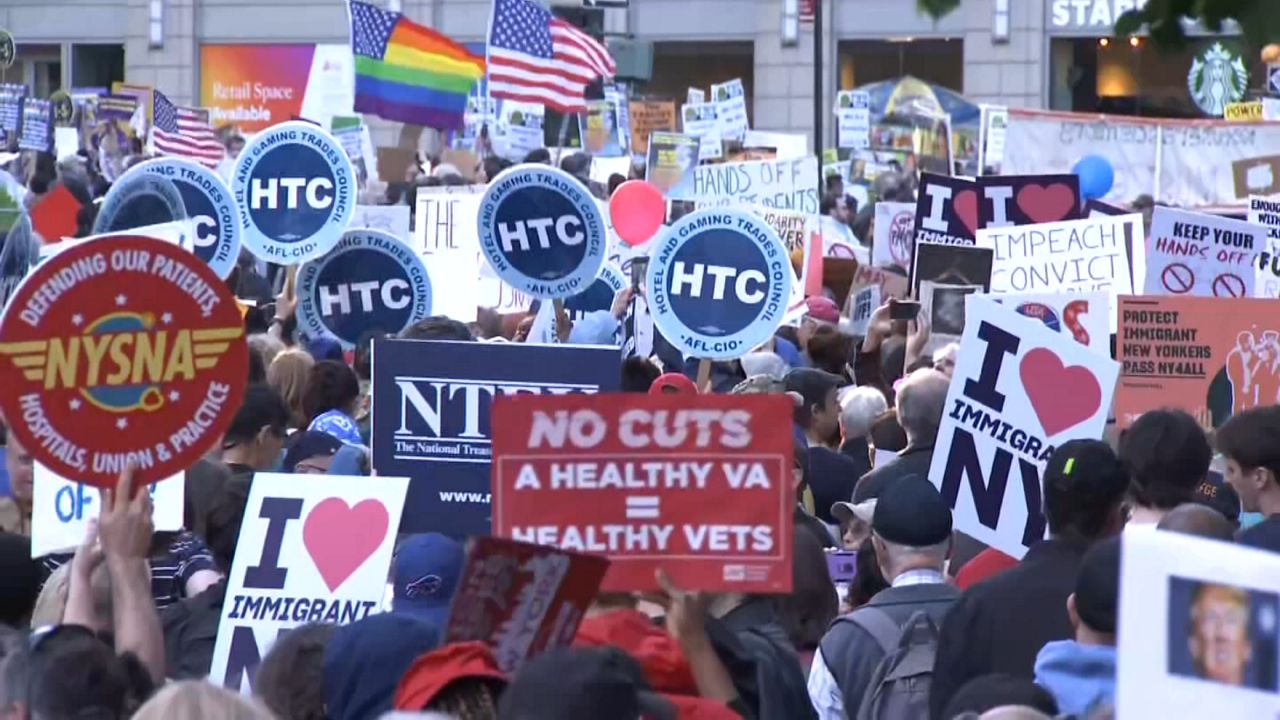The Hudson River Park Act was signed on September 8, 1998. Since the law that created the park space was passed and signed 25 years ago, nearly five miles of neglected land has now been redesigned and rehabilitated.
Deteriorating piers are now state of the art public spaces.
Sidney Edwards spends many of his days sitting by the water near the Hudson River piers painting the landscape.
“As a creative person, I love it. It’s absolutely amazing,” Edwards said.
Edwards said he's painted the piers for a decade and watched the shores of the Hudson River evolve over the last quarter century.
“Twenty-five years ago, this wasn’t the most pleasant place to hang out,” Edwards said.
The Hudson River Park Act created the Hudson River Park Trust to oversee the redevelopment and care of roughly five miles of park space from Battery Park City to 59th Street.
“Piers were old falling apart wooden piers,” said Hudson River Park Trust President Noreen Doyle.
Doyle was a consultant in the early days of redevelopment.
The area was mostly used for industrial and commercial activities, which often restricted public access to the riverfront.
Piers built in the 1800s for trade, fisheries and seafood markets waned, leaving unused wooden wharfs, unsafe and under appreciated.
“It left the piers largely in a decrypted state,” Doyle said.
Now, 25 years later, Hudson River Park has redesigned more than two dozen piers to become recreation destinations, performance spaces and this fall Manhattan’s first and only beach is scheduled to open here.
“We’ve been working pretty much pier-by-pier as money has been available, as designs have been available, to transform spaces into public open park spaces,” Doyle said.
Doyle said, through private donations, grants and leasing property to businesses, the trust has spent more than three quarters of a billion dollars on design, construction and maintenance.
“There are a few spaces not yet built or that we have not yet started construction on,” Doyle said.
Doyle estimated the overall park is nearly 90% complete, but the construction continues — like on a new playground and recreation area on the water near 57th Street.
“The proof is in the pudding. Now with people being able to watch a sunset, all of these things have added up to I think a really good feeling from the public,” Doyle said.
Serenity, enjoyed by people like Edwards.
“This is a place to relax from the city life that often gets busy,” Edwards said.
Now, it’s a place he can create works of art for others who may not be able to experience this new part of New York City for themselves.









